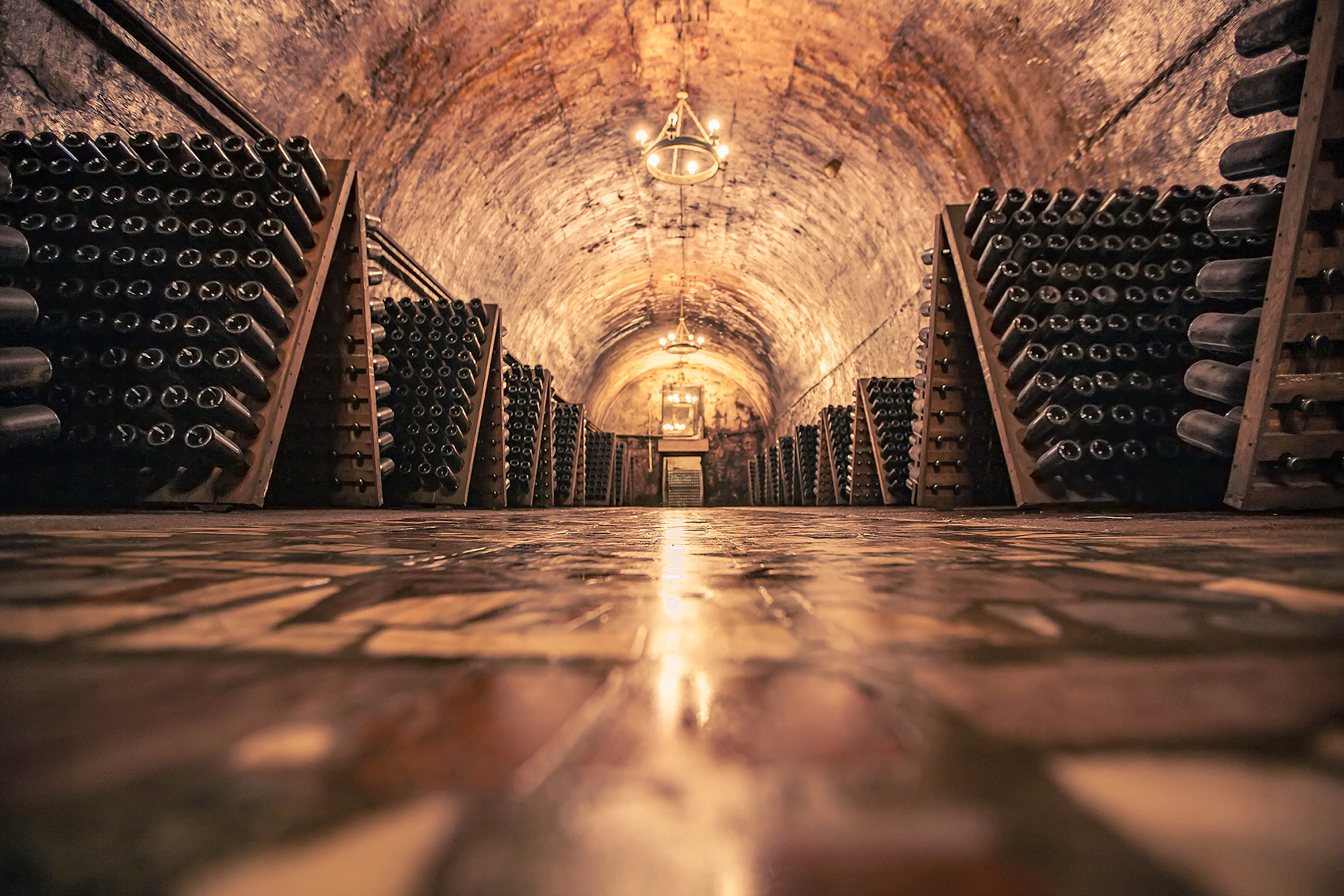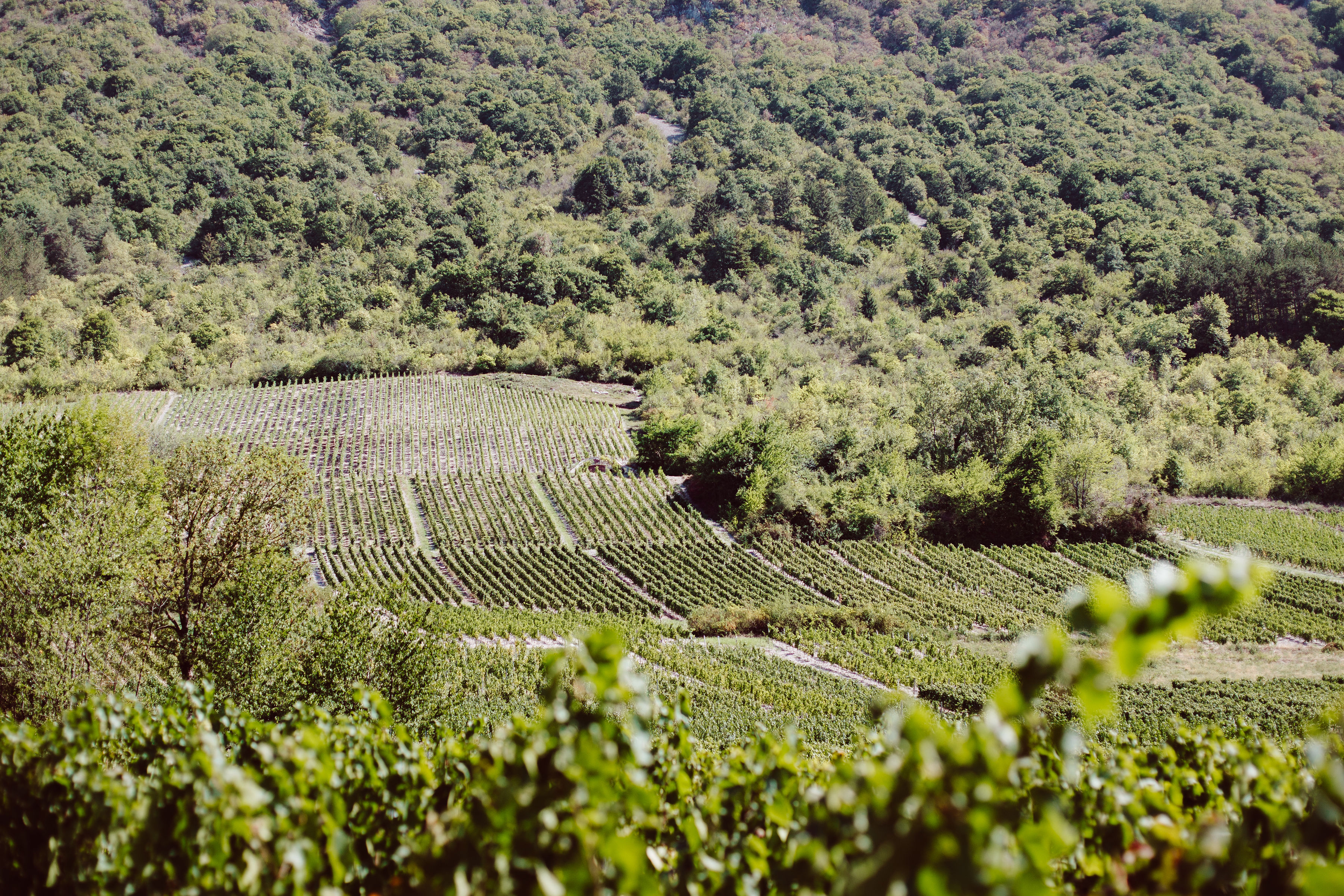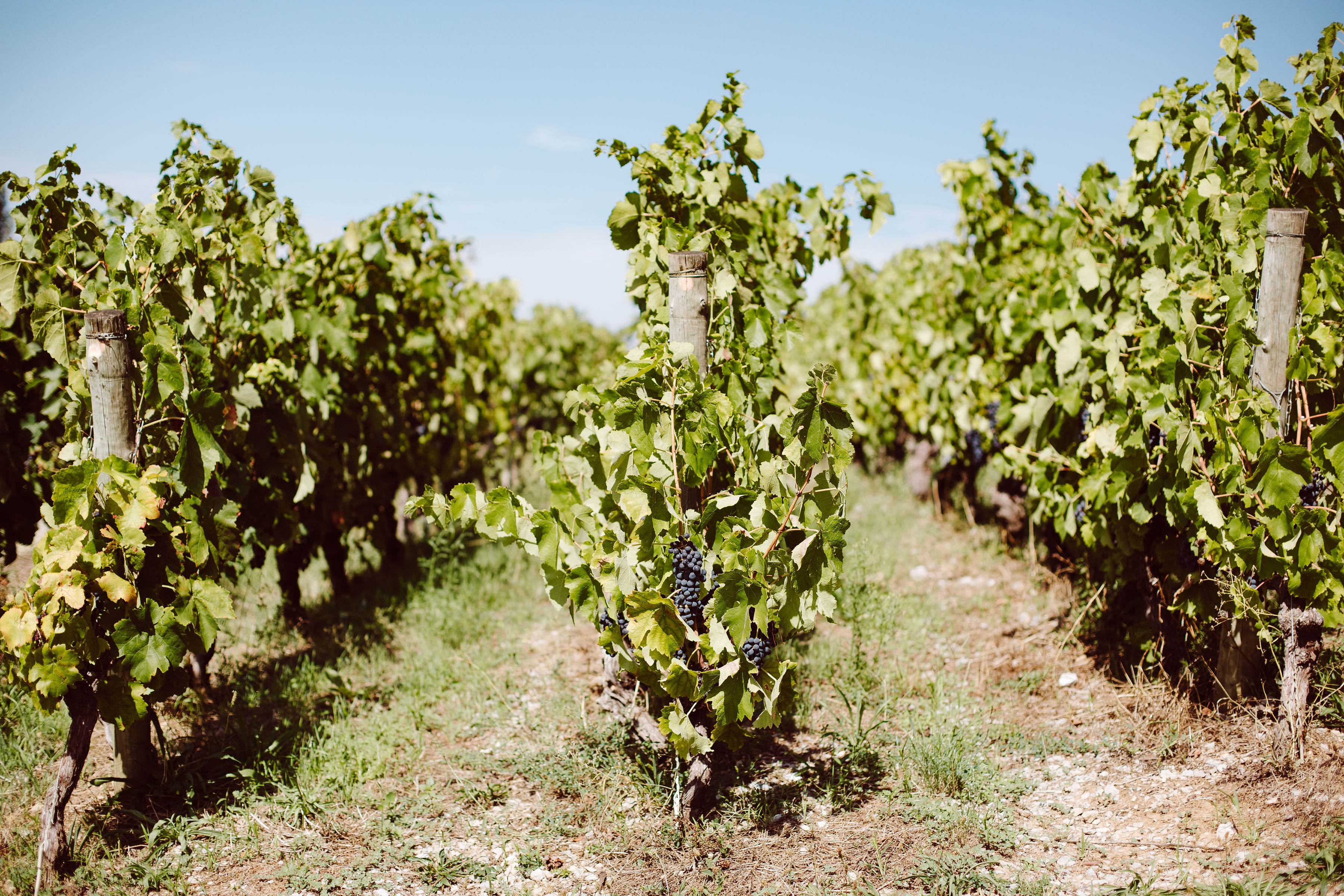
Champagne
Champagne: make your cellar sparkle
It rhymes with special occasions and celebrations, with elegance and refinement. Champagne and its fine golden bubbles are as much an invitation to contemplate as to taste. Renowned throughout the world, it is nevertheless produced on a group of plots of land gathered essentially around Reims and Epernay, where the most beautiful cellars and the most prestigious Champagne houses are located. Before raising your glass, we suggest you learn more about this sparkling wine.
General presentation
Champagne, the sparkling wine that inevitably rhymes with celebration and refinement, is produced in the region whose name it bears. The three main grape varieties used to make it are Chardonnay, Pinot Noir and Meunier, grown on some 30,000 hectares of vineyards. According to the traditional Champagne method, Champagne is a blend of these grape varieties, to which may be added Arbane, Petit Meslier, Pinot Gris vrai (Fromenteau) and Pinot Blanc vrai. This is one of the characteristics of Champagne: here, blending is of prime importance, both in terms of the grapes and the vintages of the cuvées.
In Champagne, vines have been cultivated since ancient times, and it was in the 17th century that a naturally "sparkling" wine was discovered, thanks in particular to the use of the wine bottle and the cork. At the same time, the famous Dom Pérignon blended grapes from different vintages and grape varieties for the first time, and laid the foundations for the sparkling process, which is essential for wine to be effervescent.
Since then, champagne has proudly acquired its letters of nobility. Great houses have made their prestigious brand name resound throughout the world: Ruinart, Bollinger, Laurent-Perrier, Mumm, Pannier, Taittinger, Veuve Clicquot... to name but a few. Smaller houses and winegrowers also produce quality champagnes and enliven this landscape with their know-how and their vision for the future.
The Champagne vineyards
The area in which Champagne is produced is clearly delimited by a law of 1927. There are 4 main production areas:
- The Côte des Blancs (Marne) and the Côte de Sézanne: south of Epernay, this is the most famous Champagne region. Here the chardonnay reigns supreme, and is used to produce exceptional blanc de blancs champagnes.
- The Montagne de Reims (Marne): between Epernay and the south of Reims, the pinot noir dominates. The power and nobility of the champagnes make the reputation of this region.
- The Marne Valley (Marne, Aisne and Seine-et-Marne): the majority of the vines in this region, located to the west of Epernay, are miller grapes and pinot noir. It offers a great diversity of champagnes.
- The Aube vineyards and the Côte des Bar: this region is located much further south and is often considered a second-rate terroir. However, it is the source of wines of character and complex aromas.
The Champagne vineyard has 30,000 hectares of vines, spread across these 4 large areas, each very different from the other. More than 630 communes make up the northernmost vineyard in France.
An appellation and terroirs
Champagne is the only region in France that has only one appellation. Some 320 crus benefit from the AOC Champagne. However, the mention of origin is not compulsory. The 34,000 hectares of vineyards are divided into more than 270,000 parcels, each with its own particularities. This unique fragmentation gives rise to a wide variety of terroirs and crus. These are classified into three categories:
- The "Grands Crus": 17 villages have this appellation. These are the most prestigious and most sought after. Among them, we can mention Aÿ, Louvois, Oger, Puisieulx or Verzenay.
- The "premiers crus": 42 villages are concerned, including Bezannes, Champillon, Coligny, Mutigny, Sacy, Trépail, Voipreux...
- The "other crus".
The Champagne vineyard is also the source of "still" wines, i.e. wines that do not sparkle: the Champagne hillsides and the Riceys rosé.
How to choose a champagne?
Here is some information that will help you to better understand the world of champagne and to make your choice. First of all, you should know that different types of champagne are offered:
- Blanc de blancs: this champagne is made only from chardonnay.
- Blanc de noirs: only pinot noir, pinot meunier or a blend of these two grape varieties give birth to this champagne.
- Rosé: only champagne can be rosé because of the blending of white and black grapes.
- Vintage: vintage champagnes are rare, as it is usually a wine that blends different grape varieties, but also vintages of different years. A vintage champagne must be made from grapes from the same year, from one or more grape varieties, and must have aged for at least 3 years in the cellar.
- Extra-brut, brut, doux, demi-sec...: this indication reflects the sugar concentration of the champagne, i.e. the quantity of "liqueur de dosage" that has been added to the wine before its final corking. The term "doux" refers to a champagne containing more than 50g of sugar per litre, while a champagne is called "extra-brut" when it contains between 0 and 6g of sugar per litre. When the wine has no added sugar and contains less than 3 g/l of sugar, the words "brut nature", "dosage zéro" or "non dosé" can be added.
On their label are initials that allow you to identify the bottler:
- RM, Récoltant Manipulant: the winegrower cultivates his vines, vinifies his harvest and elaborates his champagne which he bottles and markets under his own name/brand.
- RC, Récoltant Coopérateur: the winegrower entrusts his grapes to the cooperative and recovers them after the 2nd fermentation in the bottle to then market his production under his name/brand.
- NM, Négociant Manipulant: a company buys grapes from winegrowers, vinifies them and elaborates its champagne.
- CM, Coopérative de Manipulation: members bring in their grapes and the winery presses, vinifies and blends them. The wines are then sold under the cooperative's name or a common brand.
- SR, Société de Récoltants: these are groups of producers who market their production under a common brand.
- MA, Marque d'Acheteur: the retailer, like a supermarket, markets a champagne which it has not produced.
Alongside the great and prestigious brands of champagne, you will find a rich mosaic of references, more or less confidential, and which will also make the moments during which you will taste them sparkle.
Appellations
Le vignoble

